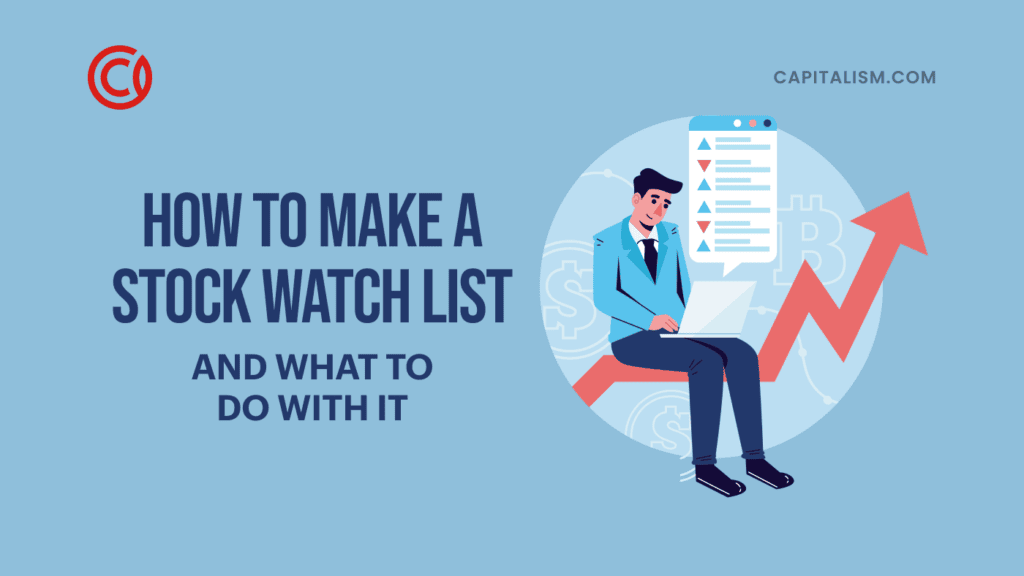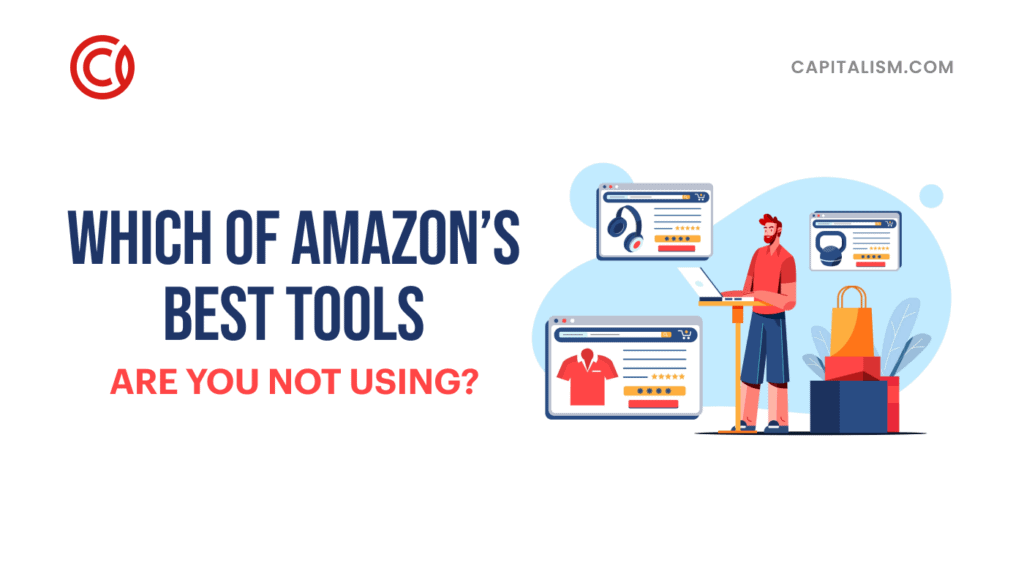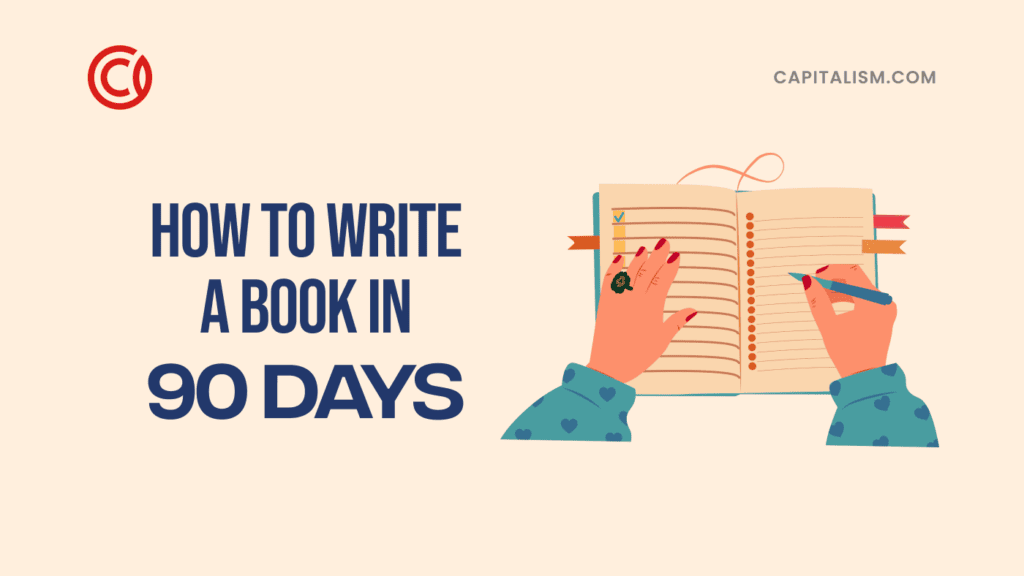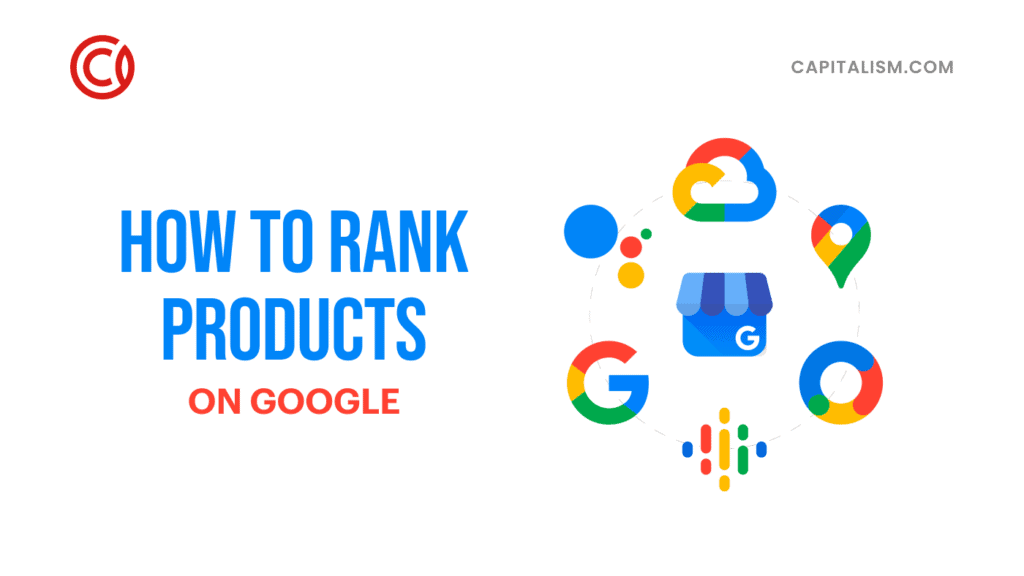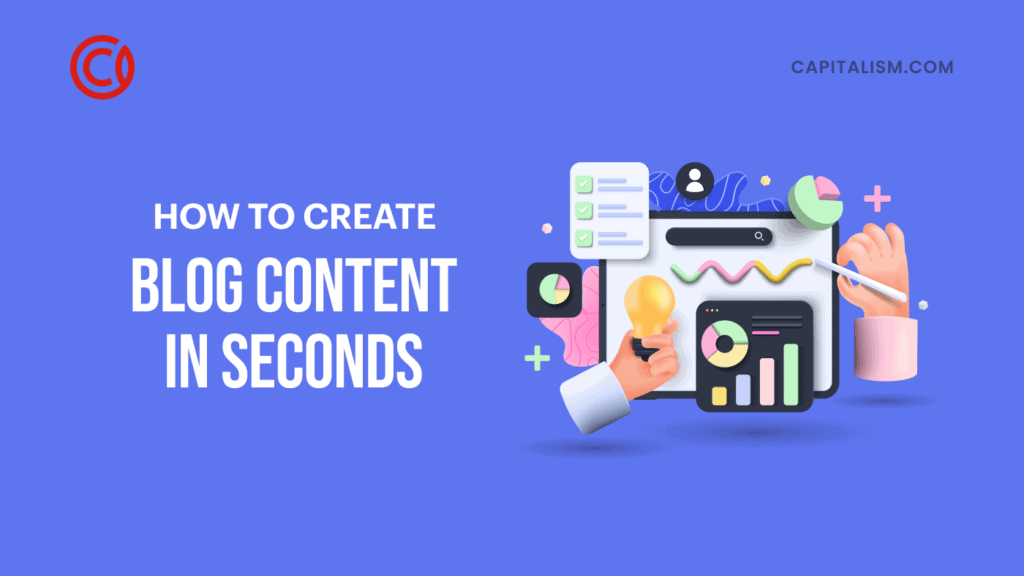It’s sometimes difficult to find common ground among our fellow humans, but there’s one thing that nearly everyone has in common: We all want to be financially free. You may love your job, you might look forward to work every day, or you could be like the millions of others dreaming of the day you can walk away. Whichever is the case for you, I’m willing to bet that achieving financial freedom is a dream you’ve had for a long time.
Of course, to get there we need to define financial freedom. The meaning varies depending on who you ask, and if you read financial blogs or follow any of the “gurus,” you’ve probably seen a few.
Investopedia says that financial freedom is “having enough savings, investments, and cash on hand to afford the lifestyle we want... and a growing nest egg that will allow us to retire or pursue the career we want without being driven by earning a certain amount each year.”
I’ll simplify that definition a bit. For the purposes of this article, financial freedom means that you can afford the lifestyle you want and you don’t need to worry about where the money will come from.
Financial Freedom vs Financial Independence
You’ve probably come across both of these phrases, often used interchangeably. For our purposes, though, they aren’t exactly the same thing, although there can be some overlap.
There is a movement, of sorts, sometimes referred to as FIRE—Financial Independence, Retire Early.
To advocates of the FIRE movement, Financial Independence, or FI, means that you can maintain your standard of living without relying on earning a paycheck. Generally, this type of independence involves living frugally and making sacrifices. The primary goal is eliminating the need to work and adjusting your lifestyle to support that goal. Actually quitting work isn’t a requirement; it’s having the option that matters, and the ability to choose not to work takes priority over having a fulfilling life.
Real freedom doesn’t mean limiting yourself to the lifestyle you have now or making long-term sacrifices just so that you don’t need to work. It means having the lifestyle you dream of, along with the means to support it. Working can be part of that lifestyle if it’s work you want to do, but most who seek financial freedom—similar to advocates of the FIRE movement—also strive to eliminate the necessity of a job.
Getting there is going to take planning and a good amount of effort. Most Americans have a long way to go—78% of us live paycheck-to-paycheck, according to one survey. And realistically, most are never going to be financially free. You can get there, though, if you’re willing to follow 10 simple—not necessarily easy—steps.
Two ways to achieve financial freedom
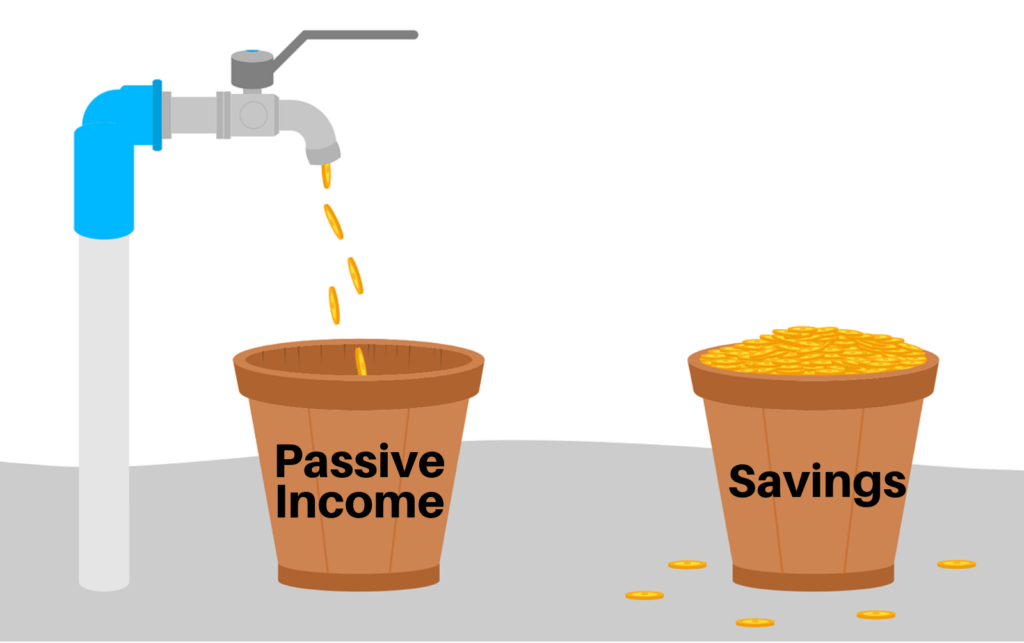
For most people, financial freedom includes freedom from needing a job. Again, that doesn’t mean that you can’t have a job and call yourself financially free. It means that, if you have a job, you’re doing it because you love it, and that losing or leaving your job would not change your lifestyle.
So that means that you’ll need a source of funds other than your nine-to-five. There are two primary places those funds could come from—savings, or passive income. For most people, it will be a combination of the two.
Living entirely from your savings requires a net worth greater than your annual expenses multiplied by the number of years you expect to live. That’s a difficult target, and it isn’t one you really need to pursue. If you have consistent, passive income, you can continue your lifestyle indefinitely without worrying about running out of money.
Now that we know what it means, here are the steps to achieve financial freedom. You can use the links here to jump to a certain step.
- Know your target
- Designate a CFO for your household
- Determine what you need for financial freedom
- Know where you’re starting
- Eliminate bad debt
- Pay yourself first
- Set goals
- Live within your means
- Increase your income
- Always be learning
- Bonus – Spend guilt free
Step 1 – Know your target
“Would you tell me, please, which way I ought to go from here?”
“That depends a good deal on where you want to get to,” said the Cat.
“I don’t much care where—” said Alice.
“Then it doesn’t matter which way you go,” said the Cat.
--Lewis Carol, Alice in Wonderland
If you don’t know where you’re going, you’ll never get there. Or at best, getting there is a matter of pure chance. If you want a roadmap you can follow, you need to start by figuring out your destination.
There’s a good chance you’ll change your plans along the way. Nothing’s wrong with that, but it’s hard to get motivated without a reason. You’re going to be working for something. Define that something. Give yourself a target that you can picture, vividly, to help power you through the days you just don’t feel like working.
What do you want to do or accomplish?
Often, when we dream of having money, people tend to picture things. Yet most of us realize that experiences are what we’ll most remember. Not to say that things shouldn’t be part of your target—if there are material things you want, you should absolutely include them in your plan. Nonetheless, experiences are more important for our overall happiness and our sense of well-being.
Start with your definite plans. In defining your target, you’ll look first at the big things that you will definitely do. Maybe you want to get married or start a family. Maybe you have kids and plan to pay for their college education. Anything that you’re already planning to do belongs on this list.
To be clear, these are definite. If you haven’t yet met the person you plan to marry, then marriage doesn’t belong on this list.
And even though it’s more of a thing than experience, I would include buying a home on the list, if you plan to—where you live has a very large impact on your overall life experience.
Next, look at your dreams. What are the things you hope to do? The things you’ve always wanted to do but didn’t have the time or money to do? Maybe you want to spend a year backpacking through Europe. Maybe you want to learn to fly a helicopter. Maybe you want to get your Master’s degree. Write them all down. If quitting your job is part of your dream, write that down, too.
Rank your dreams according to their importance to you. With your list of dreams established, give each one a score from one to ten, according to how significant they are. While we’re aiming to get you to your ideal lifestyle, there will certainly be some dreams that you don’t value enough to dedicate a lot of effort. Those won’t be priorities when crafting your ultimate plan, but you might decide to pursue them if everything falls into place just right.
What do you want to have?

Its ultimately up to you, and you alone to decide what "freedom" means for you. This may change over time.
Experiences should be your priority, but that doesn’t mean you can’t have nice things. After you’ve listed the things you dream of doing, write down the things you want to own. Your dream car. Your second home. That ridiculously expensive espresso machine you’ve been drooling over. Anything you’ve wished you could afford goes on this list.
Then look at that list and ask yourself, which of those items will lead to more experiences. Those are the items that should get top priority. A vacation home, for example, can provide the backdrop for lifelong memories. An RV might lead to more traveling. The espresso machine... maybe not.
Of the remaining items, again rank them according to their importance.
What is the lifestyle you want to live?
This one can take a while to define and is probably the one that will change most over time. Still, a starting point is necessary.
Write down exactly what you’d like a normal day to look like. Include every detail. What time you’ll wake up; how you’ll start your day; what you’ll do, and when... Then think about your typical week, month, and year. How often would you dine out? How often would you go to the movies? To concerts or live performances? How much traveling would you do? A couple of short vacations a year, or one long one? Or maybe you’d like to travel full-time.
Remember that this is your dream, not a commitment. You are defining your own vision of financial freedom. You’ll be free to adjust on the fly, too.
Step 2 – Designate a “CFO” for your household
If you’re single, this will be you. If not, discuss this with your partner. It’s possible, even likely, that neither of you is perfectly suited to the role, and that’s fine. The Household CFO might choose to hand off some duties to professionals, but it’s a good idea to have one person in charge of financial matters.
When deciding who will take on this role, the person’s knowledge of finance is important, but may not be the number one factor. Discipline counts for a lot here.
The Household CFO’s job duties will include monitoring savings and investments; budgeting; keeping track of net worth, and keeping the family on-track for your overall goals. This person can delegate tasks to other members of the household or to professionals, but they’re ultimately responsible for all things related to the family’s finances.
The CFO should have the final say on large purchases—this is where discipline is important. If one of you tends to be a little reckless with money, that person is not right for the role. Both partners should be on the same page in terms of financial goals, but once you’ve agreed on what you’re after, you should also agree that the CFO’s decisions are final.
The CFO is responsible for remaining focused on the goals you’ve agreed on. This person should use those goals as the primary driver behind every financial decision and be unwilling to sacrifice the ultimate goal in favor of a frivolous purchase.
Step 3 – Determine what you need for financial freedom

Financial freedom can become more attainable when you cut out unnecessary expenses, like the latest tech or designer clothes for example.
Now we’re getting into the cost. You know what you want, so you’ll need to figure out how much money you need to get it.
List your current household expenses
These will almost certainly change on your path to becoming financially free, but you need to know where you’re starting. Software like Quicken, MSMoney, or Mint will make this much easier to do.
Divide your list between essential expenses—mortgage or rent, car payment, insurance, utilities, etc.—and non-essential. Be realistic about what’s essential and what isn’t—as much as you might enjoy it, cable TV is probably not essential.
Which expenses won’t be needed in your new lifestyle?
With your list in hand, go through it and decide which of those expenses will be eliminated or reduced when you’re free.
If you don’t plan to keep a job, for example, your work-related expenses will be gone. Commuting, dry cleaning, specialized equipment needed for work, business clothing... most of those are unnecessary without a job.
Perhaps you’ll live somewhere cheaper. If you currently live in a city in order to be close to work, your freedom lifestyle can give you the option to live in a more rural area where housing costs can be significantly lower.
In this step, we’re not talking about sacrifice. You aren’t required to give up anything if you don’t want to. Rather, we’re preparing to create a budget specific to your dream.
What new expenses will your planned lifestyle entail?
This is the fun part. You’ve written out everything that your dream lifestyle will include; now it’s time to figure out what that lifestyle is going to cost.
Budget for the definite plans first. Look into what those plans typically cost, and consider budget options as well. You want to decide how much you’ll actually budget for each of those plans, not just the average cost. With each plan, discuss with your CFO how it fits into your overall goals.
If you plan to buy a home, for example, you should ask if that home is a part of your dream lifestyle, or if it’s just a place to live while you’re working toward it. If it’s the latter, it could make sense to spend less on the house than you can afford and invest or save what’s left.
Look at each planned expense similarly, and write down your budget for it.
Then look at the costs for your dreams, starting with those you ranked as most important. Since these are your dreams, you probably won’t want to skimp; then again, you get to decide what skimping means to you. Perhaps you have travel plans—those could involve staying in five-star hotels, camping in a tent, or any number of options in between. Your planning should take into consideration what various-priced options are worth to you. It may make sense to set two or even three budgets for each dream item—the cost of your minimum-acceptable option, the cost of the “good” option, and the cost of the ideal option.
Again looking at travel, you might decide that you’d love to stay in five-star hotels, but you’d still enjoy it nearly as much if you stayed in three-star accommodations instead, and the trip would still be worth taking if you could only afford budget hotels. Write down those three costs.
One thing worth noting that’s easy to overlook—quitting your job is an expense, too. If that is part of the dream, you will be giving up that income, so list that along with the rest of your expenses.
Once you’ve created the budget for your dream experiences, do the same for the things you want to buy. Again, put the highest-priority items at the top of the list, and if it makes sense to do so, include multiple price options. While it is your dream lifestyle, there is always a tradeoff in the amount of work it takes to get what you want and the amount of time it’ll take to reach your goal. You might decide that the ideal is not worth the effort, or you could decide that you’ll settle for nothing less.
Separate one-time expenses from ongoing
We are working on getting to the income your lifestyle will require, so we need to work out a timeline for those one-time expenses. After separating them, go through those expenses and write down an estimate of when you’d like to have or do those things. These aren’t hard commitments yet; we just want a target income.
Now you have a couple of options, and you don’t have to use the same one for every expense. You will pay for those items in one of two ways: Either you’ll save up and pay cash for them, or you will finance them and pay for them with passive income. In general, the latter option is the preferred choice, but for smaller expenses, you may prefer to pay cash.
Whichever option, you now have a soft deadline for each. For those things, you plan to pay for outright, count the number of months until your deadline, then take the cost and divide it by the number of months. That is how much you’ll need to set aside monthly.
If that amount is beyond your current budget, you may need to start small and work your way up. We’ll discuss increasing your income in Step 9, including building streams of passive income.
Now add up all monthly expenses, including the monthly savings you’ll need for one-time expenses.
Add a cushion
It’s very unlikely that the budget you calculated is exactly right. It’s almost certain that the costs for some things will change, as well. And no matter what, there will always be unforeseen expenses for many of your dream experiences.
Prepare for this by adding a little extra to the budget you calculated. An extra 25% is a good starting point, though having a bit more means you’re less likely to have to sacrifice. The extra cushion also means you can be a bit more spontaneous, too, so keep that in mind. Once more, you are balancing between your goals and the amount of time and effort you’re willing to give to have them.
Step 4 – Know where you’re starting

Knowing where you are starting your financial freedom journey from is critical, and sets the pace you need to keep up to hit your goal.
This is a simple but necessary step. You’ve already listed your current monthly expenses, so the first component of this is out of the way.
Now you’ll calculate your net worth—the link takes you to a handy online calculator. To use it, you’ll need the value of all tangible assets and investments, any savings you have, and any cash on hand. On the liability side, you need to know how much you owe.
The total number is important, but the separate pieces will be more useful to us. Particularly important is debt, and you’ll want the total owed for each account along with the interest rates and monthly payments.
Step 5 – Eliminate bad debt
Debt is an extremely useful tool. Unfortunately, many of us have abused the tool and amassed high-interest debt that sabotages our chances of getting ahead. Credit cards are especially disastrous to many people’s finances. If you have racked up a mound of credit card debt, eliminating it needs to be a top priority.
Not all debt is bad, of course. Good debts are those that make you money. If you’re paying a $2,000 per month mortgage on a rental property that brings in $2,500, that’s good. If you have a $500 car payment, that money is going toward a depreciating asset—that’s bad. And credit cards are worst of all. When using plastic, set a hard rule for yourself: If you can’t pay this off on the next statement, you can’t buy it.
How to get out of debt
Before you start working on those debts, you should ensure that you have a little bit of savings—$1,000 is a good minimum target. Not having a bit of cash on hand means that your efforts at getting out of debt can be easily derailed by unexpected or emergency expenses.
Two of the simplest get-out-of-debt strategies are referred to as Snowball and Avalanche. Each has its advantages, but the one you use is less important than committing to it. Consider the options, but don’t agonize over it. Pick one and stick to it.
The Snowball Method works on the smallest debt first. You will continue making the minimum payment on all your debts, but you’ll apply any money that’s left over to the lowest balance until it’s paid off. Once you’ve eliminated one debt, you’ll work on the next smallest, applying all payments that were going toward that now-eliminated debt to this one.
People who use this method like that you see quick results. You get rid of the small debts fast, and by doing so, you free up money to pay down those larger debts.
The Avalanche Method works very similarly, except that you will prioritize the highest-interest debts instead of those with the lowest balance. In terms of dollars saved, this one usually gives the best results, but it can take longer before you’ll see the tangible results. It can take more time before you get rid of that first high-interest balance entirely, but once you do things progress relatively quickly.
Step 6 – Pay yourself first
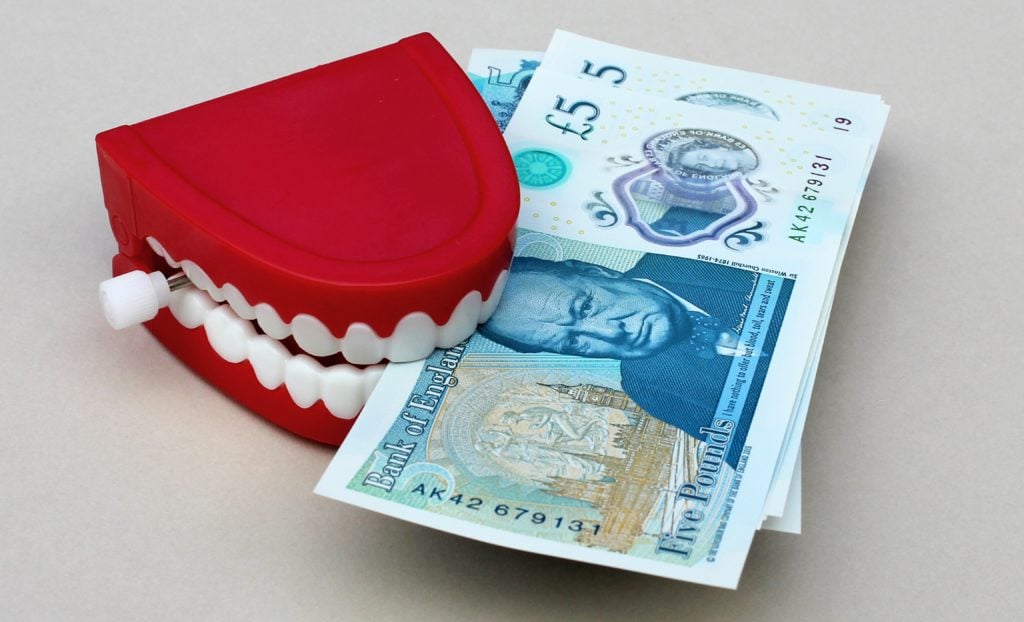
The very first person to get a slice of your pie should be you!
This one is counterintuitive to many people. Most of us, when we’re paid, will pay all our bills then hopefully have enough left for savings. What many financial experts suggest instead is to set aside money for savings and investments before you pay your bills.
Ideally, this should be automatic. Your bank will most likely allow you to set up automatic recurring transfers to savings. If you’re getting paychecks direct-deposited to your bank account, you can set up a split deposit, with a set amount going into savings. There are also online investment services that allow you to schedule regular deposits from your bank account.
Establish an emergency savings account
This should be a high priority, even above paying off credit cards. No one can predict the future, and emergencies can ruin a family, financially. Ideally, you need at least six months’ worth of income set aside for nothing but emergencies. This is money that you do not touch unless it truly is an emergency.
Most Americans, unfortunately, have less than $5,000 in savings. In 2018, 58% of us had less than $1,000. If you’re a part of that group, it’s time to start working on it.
Set $1,000 as your first target, if you aren’t already above that mark. Do this before you start to tackle your debt.
If you’re starting with over $1,000 but less than the six months of expenses recommended, prioritize your bad debt over savings, but do add something each month, even if it’s a very small amount.
Once you have your emergency account funded, you can create another account to save for planned expenses—those purchases you’ve already budgeted for, that you want to pay for in cash. The higher priority, though, will be investing.
Take advantage of retirement accounts
Retirement isn’t everyone’s goal, but the tax advantages of IRAs and 401(k)s shouldn’t be ignored. You should aim for 15% of your income going into a tax-advantaged retirement account. If you aren’t able to do that yet, contribute what you can. Contribute something, regardless.
If your employer offers a Roth 401(k), that’s your best option and your entire 15% can go there. If your employer matches contributions, take advantage of that, always—it’s free money. If a Roth 401(k) isn’t an option with your employer, contribute to whatever’s available, up to the maximum employer matching. For anything that’s left of that 15%, set up a Roth IRA. Most online brokerage accounts will allow you to set up automatic deposits, so be sure to do that.
Paying for education
If paying for college is part of your plan, there are tax-advantaged investment accounts designed for that purpose. A 529 College Savings Plan is generally the preferred option, and works similarly to a Roth IRA—contributions are made after tax, but investments grow tax-free. You won’t pay tax on withdrawals as long as they are used for qualified education expenses.
Once again, set up automatic deposits to your education accounts.
Step 7 – Set goals
This is not the same as “knowing your target.” Your target is your dream—the lifestyle you are planning to have when you have the financial freedom you’re working toward. Goals are dreams, with an important addition—deadlines.
Your emergency fund and “debt-free” goals

An emergency fund can be like an all-purpose financial first aid kit.
We’ve discussed the priorities here—$1,000 in savings, then pay off bad debt, then six months’ worth of income in an emergency fund, in that order. Now give yourself a deadline for each goal.
Write the dates in your calendar. Unless you’re single, talk with your Household CFO and anyone else who will be involved in reaching your goals. The dates you choose should be hard commitments that you will work towards without compromise.
Goals for your definite plans
Now set a goal date for each of the things you already know you will be doing. You might already have a date planned for some. For any that you haven’t already, come up with a target date. You set a soft deadline in Step 3; now it’s time to make a commitment.
Looking at the budget for those definite plans, does your initial deadline make sense? If you need to, it’s time to make adjustments. You’ve prioritized your list, so adjust according to what is most important. If your current income doesn’t quite support your initial soft deadlines, you can decide what to do about it. You will be working to get the income you need, so you can keep those deadlines in place and commit to making it happen, or you can decide to extend your timeline.
Be very honest with yourself, here. It helps a lot if you can discuss your plans with someone else who knows you well. Humans have a pronounced tendency to overestimate what they can accomplish in the short term while underestimating what they can do over a longer timeframe. At the same time, it’s very difficult to recognize this tendency in ourselves
People who know you really well—think siblings, parents, and lifelong friends—will often have better insight into your patterns then you yourself. They’ve seen how determined you can be when you really want something; or, they’ve seen your tendency to give up when things get difficult. While you’re not required to accept their guidance, it’s smart to take what they know about you into consideration.
Your “fire your boss” goal
This, for most people, is the biggest marker of financial freedom—the ability to walk away from a regular paycheck. A target date can be challenging to pin down, particularly if you haven’t yet started creating additional streams of income. Because of that, this goal is one that is very likely to need revision.
You’ve calculated your target income to live your dream lifestyle. Start with a “best-guess” estimate of how long it will take you to get to that income level from sources other than your job. This is a step that you will revisit regularly—at least annually, and probably more frequently in the early stages. Put a date down that feels reasonable to you now, that you are willing to work toward, with the realization that you’ll adjust it as you begin growing your non-job income.
Step 8 – Live within your means

Before Debit cards, there was "balancing your checkbook". Today it is still important to make sure you are keeping track and don't have more money going out than you have coming in.
You will never have true financial freedom if you are outspending your income. At every stage, it is essential that you spend less than you earn.
There’s an important point here that needs to be clarified. This is not about long-term sacrifice. It is, rather, about continually expanding your “means” until you can afford your ideal lifestyle. You can have everything you want when you can pay for it.
Depending on your ultimate goal and how close you are to it now, some short-term sacrifices might be necessary. It’s entirely up to you how much you’ll sacrifice—it will be a trade-off between current comfort and the time it takes to reach your goal of being free.
Stay out of debt
You’ve worked hard at eliminating your credit card and other high-interest debt. Now a critical piece of your path to financial freedom is to avoid creating new debt. While credit cards can be a valuable financial tool, you know what a trap they can be. It is far easier to stay out of debt than it is to get out of debt.
Eliminate unnecessary expenses
This, too, will be a judgment call for you. The more you can eliminate now, the faster you’ll reach your dream lifestyle. If you still have some debt to pay off, you should be a bit more aggressive in paring down your expenses. Once your bad debt is gone, you might choose to relax a bit, though you might also realize that you don’t miss the expenses you eliminated.
The more aggressive you are willing to be in cutting costs, the sooner you’ll reach the point where you don’t need to worry about money any longer. A few things you might consider:
If you’d like to really challenge yourself and shorten your timeline to freedom even further:
Emergency expenses are unpredictable, and you are bound to have a few. When they come up, though, it’s worth asking yourself, “Is this truly an emergency?” If an appliance breaks, for example, you might realize that you can get by without it.
When an expense is truly necessary, weigh your choices carefully. If that broken appliance can’t be repaired and you can’t do without it, will a used replacement be good enough for your needs? Do you really need the top-of-the-line, or will the cheaper model do? The decision here won’t always be obvious; the cheaper option now might cost more over the long-term if it ends up breaking. With any large purchase, the item’s expected lifespan should be a consideration. A $50 used washing machine that dies after the first year isn’t really a bargain if you can spend a few hundred on one that will last a decade or more.
Step 9 – Increase your income

Once your ball is rolling, using what you've built wisely is the secret. A growing income can grow exponentially when used wisely.
This is where the real work comes in. It’s also, for many people, the most exciting part of the journey. We talked about living within your means, and now we’ll work on expanding your means so that you can afford your dream lifestyle.
It’s easy to take the attitude that more money is always better, and it’d be hard to argue against that idea. However, there will always be a tradeoff.
So as you work on growing your income, maintain your focus on the actual goal. You have defined exactly what financial freedom will look like for you, and you know the income you need to get there. That is your target. You can certainly shoot for a new, more challenging target down the line if you want to, but for now, you can tie your income goal to the actual things you want to do and have—that’s much more motivating than a nebulous number with no real reason behind it.
Multiple income streams
It’s been said that the average millionaire has seven streams of income. I’m not sure if that’s true—I have yet to locate any study supporting that claim. Still, there is security in having income from multiple sources. If one dries up, you don’t lose everything, and short-term fluctuations in one business or investment will tend to balance out across multiple streams.
Passive vs active income
All sources of income can be classified as either passive or active. Active income is what we’re all used to—trading time for dollars. Passive income is what we want. That is income that keeps coming in whether you work or not.
You will be relying on both, but should continually work toward replacing your active income with passive.
Start a “side hustle”
For many people, the first step toward eliminating the need for a job is to start a business in their spare time. This is going to require quite a bit of work up front and depending on the chosen business it could become a whole new full-time job for you. Keep this in mind when considering options. If your goal is to work less, be sure that your side hustle supports that. If it’s a business that will always rely on your involvement, it might end up requiring more of your time than your current job does.
That’s not to say that this is a bad approach. But for it to be a part of your freedom plan, it needs to be a business you can walk away from or that can grow without the need for more of your time.
That means that what you are looking for, ideally, is a business that you can grow and then sell, or a business that can be largely automated or outsourced.
One option that meets both those criteria is eCommerce. It’s a business that can be started with a small budget and grown. It’s fairly simple to outsource much of the required work as the business grows, though most of it can be done by you in the beginning.
Invest to increase passive income
As your business becomes profitable, you will be investing your profits into additional streams of passive income. There are lots of options that can work, but one of the most popular and consistently reliable is real estate. With the growing popularity of Real Estate Investment Trusts (REITs), you can start with small investments and grow over time.
There are plenty of other options you might consider as well:
Step 10 – Always be learning
Although I’m including this as the last step, it’s really an ongoing one. You should be continually increasing your knowledge, particularly in finance and business. Follow the news related to your industry and your investments. Study real estate or stock investing. Read up on managing your finances. Learn about new investment opportunities. The better informed you are, the easier it will be to maintain this lifestyle you’ve created.
Bonus Step 11 – Spend guilt free
Once you’ve created the cash flow that your dream lifestyle requires, enjoy it. If you’re like me, you feel a little bit guilty spending money on things you don’t really need. But you’ve planned, you’ve worked, you’ve made some sacrifices to get here. The payoff is that you can spend your income the way you want to and enjoy it.


